Risk Adjustment: A Data-Driven Approach with Health Chain
September 10, 2024 | 5-minute read

Risk adjustment plays a pivotal role in a healthcare payer's financial health. It ensures fair reimbursement based on the complexity of your membership’s health needs. Inaccurate or incomplete data, however, can lead to under-reported diagnoses and lower risk scores, translating to significant revenue loss.
Headwinds in the Medicare Space:
Beyond the general data challenges, health plans in the Medicare space face specific headwinds that exacerbate the issue of incomplete data and missed opportunities:
- Focus on Cost Control: Medicare programs prioritize cost-containment, placing pressure on health plans to demonstrate the medical necessity of services provided to members. Incomplete data can make it difficult to accurately capture the complexity of a member's condition, potentially leading to denials of reimbursement and ultimately member dissatisfaction with the plan.
- Risk Adjustment Uncertainty: Risk Adjustment programs are designed to compensate health plans for the varying health needs of their Medicare populations. Incomplete or inaccurate data can lead to inaccurate risk scores, resulting in inadequate financial compensation for the true cost of caring for sicker members.
- Regulatory Scrutiny: Regulatory bodies closely monitor health plans' coding practices and business activities. Incomplete data can raise red flags and trigger audits, potentially resulting in penalties.
The Challenge: Incomplete Data, Missed Opportunities
Imagine a scenario where a member with poorly controlled diabetes and a recent heart attack has incomplete or insufficient documentation of those conditions in their medical records. This could lead to missed diagnoses and a lower risk score, resulting in inadequate reimbursement for the true cost of their care. This is a common challenge faced by payers due to:
- Fragmented Data Sources: Clinical data resides in various formats across Electronic Health Records (EHRs), claims data, labs, and pharmacies. Manual data collection and processing from these disparate sources is time-consuming and error-prone.
- Coding Inconsistencies: Inaccurate or missed diagnoses can occur due to human error or a lack of adherence to coding guidelines (e.g., CPT® code for a stress test used to diagnose heart attack: 93018).
The Solution: Unlocking the Power of CDI with Health Chain
Clinical Data Integration (CDI) bridges this gap by integrating clinical data from various sources into a unified platform. Health Chain takes this a step further by offering a comprehensive CDI solution that combines the power of data integration with advanced NLP-driven coding functionalities.
Health Chain: A Two-Pronged Approach for Optimal Outcomes
Health Chain's solution leverages two key components:
First, Centaur Data Platform: The Data Powerhouse:
Imagine a central hub for all your member data. Centaur acts as this hub, seamlessly ingesting and normalizing data from diverse sources. This ensures a standardized format for analysis, eliminating the need for manual data manipulation, and ultimately minimizing errors. Centaur can integrate data from a provider’s EHR that reveals a recent diagnosis of chronic obstructive pulmonary disease (COPD) (ICD-10-CM: J44.x), which may have been omitted from the claim submitted by the provider. Centaur’s ability to process data from diverse sources creates a comprehensive 360-degree view to ensure the appropriate risk score is captured, regardless of potential human error.
Second, HC RiskRevPro: Advanced Coding and Auditing Tools:
Data accuracy is crucial, but so is leveraging that data effectively. HC RiskRevPro empowers your coding team with a suite of advanced functionalities to optimize the risk adjustment process:
- Quicker Chart Processing to Streamline Workflows: Our intelligent automation accurately processes incoming charts, reducing the time for manual review. This means faster turnaround for coders and improved efficiency for your team.
- Unlock the Power of Precision: Our advanced NLP algorithm suggests suspected diagnoses and chronic conditions from historical and real-time member data and our user-friendly interface empowers coders to boost accuracy and efficiency, ensuring precision in ICD/HCC capture.
- Risk Analytics Dashboard: Empower your analysts by providing them with a comprehensive breakdown of all risk factors, allowing for detailed review and analysis of patient-level population data. Making informed decisions has never been easier.
- Real-World Example: HC RiskRevPro's rules engine might identify a member with a history of hospital admissions for complications related to diabetes (ICD-10-CM: E11.x). It can guide your coders to ensure all relevant diagnoses, such as diabetic neuropathy (ICD-10-CM: G63.0), are captured, leading to a more accurate risk score.
The Benefits: A Holistic Approach to Optimized Reimbursement
Health Chain's integrated approach empowers Payers to achieve:
- Improved Data Quality: Centaur ensures a complete and accurate picture of member health history, leading to reliable risk scores.
- Enhanced Efficiency: Automated workflows and code reviews streamline the coding process, freeing up your team's time.
- Optimized Reimbursement: HC RiskRevPro's advanced functionalities ensure Payers and providers capture all the appropriate risk scores you deserve.
- Reduced Compliance Risk: A transparent and auditable workflow maintained by HC RiskRevPro provides peace of mind.
Embrace a data-driven approach to risk adjustment. Download Gartner's full analyst insight: "How Clinical Data Integration Improves U.S. Healthcare Payer Interoperability" for a deeper dive into CDI strategies.





